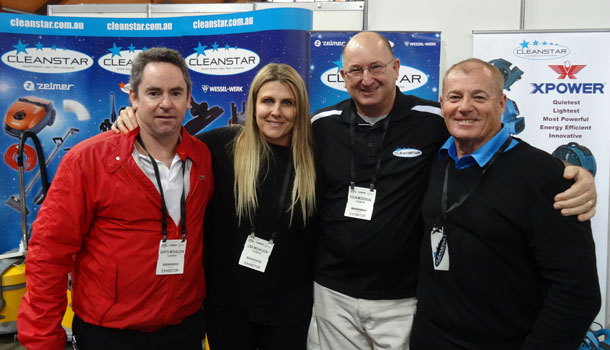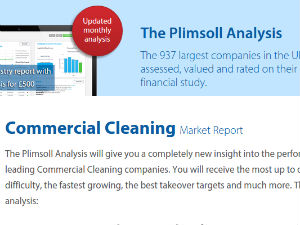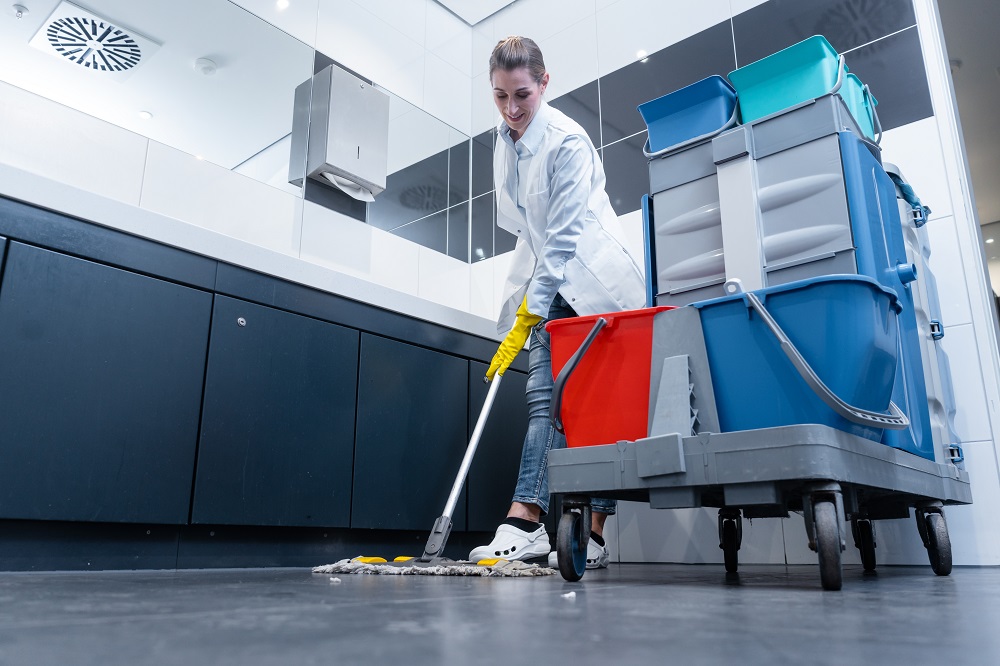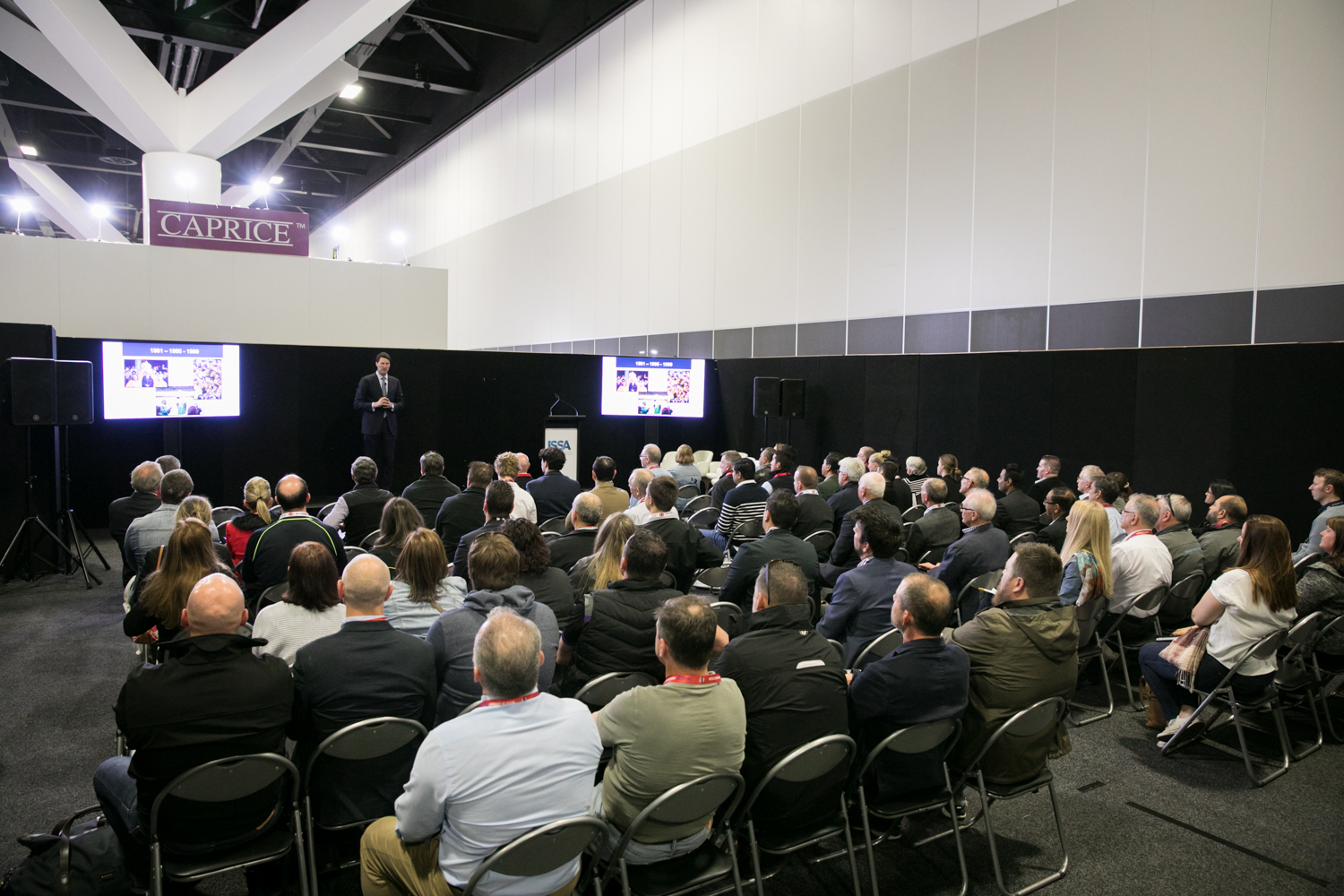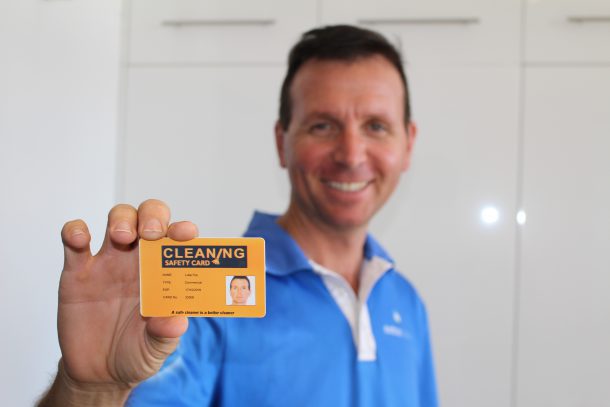
In conversations with our Kiwi customers, we heard recently that last year there were 700 reported pressure cleaner related injuries. If that’s the case in New Zealand, we sense there would be at least 3500 incidents in Australia, possibly more with many injuries not reported.
Although high pressure injuries may only leave a small surface wound, foreign material and air can be driven deep into the underlying issue. This can lead to serious complications that require immediate medical intervention and, if not resolved, can result in eventual amputation.
Pressure cleaning looks easy. DIYers do it with their big box hardware store machines every day! Many aren’t particularly conscious of the safety issues involved. Those machines are generally low pressure but if used incorrectly, they can be dangerous!
At Aussie Pumps we focus on professional users and that of course includes a large part of the cleaning industry. Where would we be without cleaners? The huge range of tasks they cover needs specialised knowledge on many types of equipment. Understanding how to use all those products safely and efficiently would be a chore for anybody.
Safety First
Understanding how a pressure cleaner works is fundamental to using it efficiently, and contract cleaning companies have an obligation to make sure their operators are trained.
Many operators don’t read the user manual and have no clear understanding of how the piston pump generates the pressure that enables them to clean.
We decided to take a completely different view on how to handle this issue. Every machine we build goes through a test procedure and is certified to have the pressure set exactly at the machine’s specified capacity.
For example, 4,000 PSI machine will have the pressure set at 4,000 PSI. We factory set the unloader, with the correct nozzle applied, to ensure the machine performs in the field. The safety valve is then set at around to 10% more than the pressure rating of the machine itself. If the machine experiences a pressure spike over the rated setting, the safety value will release that extra pressure, thus protecting both the machine from damage and the operator from injury.
Yes, pressure spikes are caused by a wide range of issues. These include unloader failure due to running “too hot”, using worn out nozzles or simply adjusting the unloader pressure up to “get the job done faster”.
Operator Training
Class A machines have a flow/pressure combination of up to 5,600 bar/litres per minute. Operators, under the terms of the Standards, are obligated to make sure they understand the effective use of the machines and how to operate them safely.
Class B machines operate over 5,600 bar/ litres per minute. These machines require RTO operator certification and that can be inconvenient and expensive. These courses are aimed at specialised users of high-end machines, say 40,000 psi, as used in shipyards, mining operations or heavy-duty industry.
Operators using those machines have not only the need to be RTO trained but hey must be equipped with appropriate safety clothing as well.
Understanding the System
25 years ago, Australian Pump introduced its very first High Pressure Pump Technology booklet. This guide is constantly evolving now includes detailed service and troubleshooting information. It is widely used not just in Australia but around the world.
It’s recommended that anybody operating pressure cleaners checks out this information and takes the time to understand just how the system works.
It reinforces the need to change nozzles on a regular basis to maintain the pressure of the machine and to check the unit over daily for any issues that may be developing.
Do it Now
There are no compromises when it comes to safety. Employers should understand they are liable for their operators being armed with proper training and equipment before attempting pressure cleaning jobs.
Just because you wash your car with a DIY El cheapo machine doesn’t make you certified to use professional machines in professional chores.
Here’s our list of golden rules:
- Wear safety glasses
- Wear gloves and long sleeve shirts
- Wear long trousers
- If using 5,000 PSI or above always use purpose-designed safety clothing
Author: John Hales, is chief engineer of Australian Pump Industries
Comment below to have your say on this story.
If you have a news story or tip-off, get in touch at editor@incleanmag.com.au
Sign up to INCLEAN’s newsletter.
